Best Spaceflight and Space History Books
Here are Space.com writers' and editors' picks for spaceflight and space history books that dazzle.
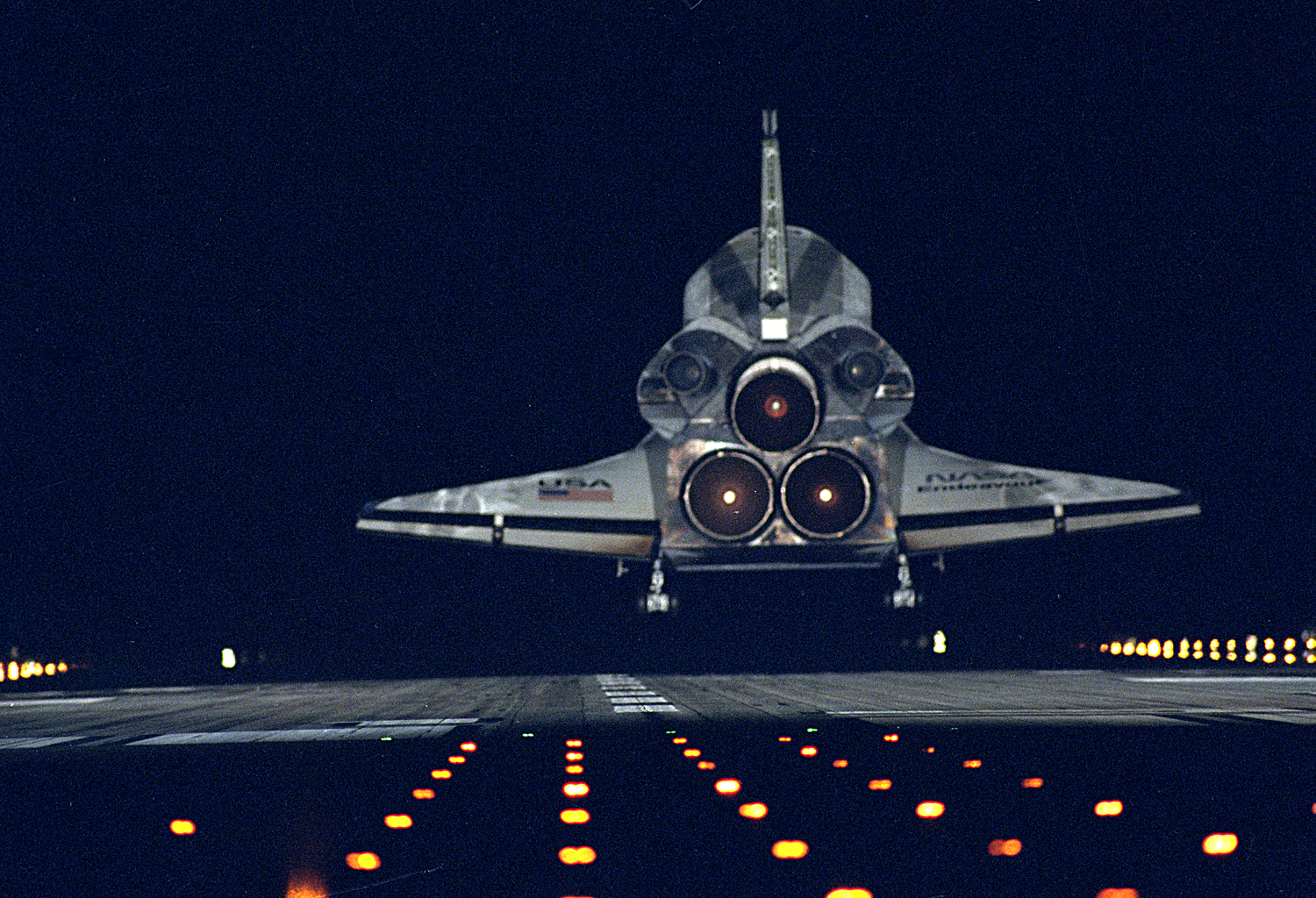
Only a select few have experienced spaceflight first-hand, but a good book can show you T-0 through an astronaut's eyes, tell the story behind your favorite rocket technology and peer into a future of space exploration. Here are Space.com writers' and editors' picks for spaceflight and space history books that dazzle.
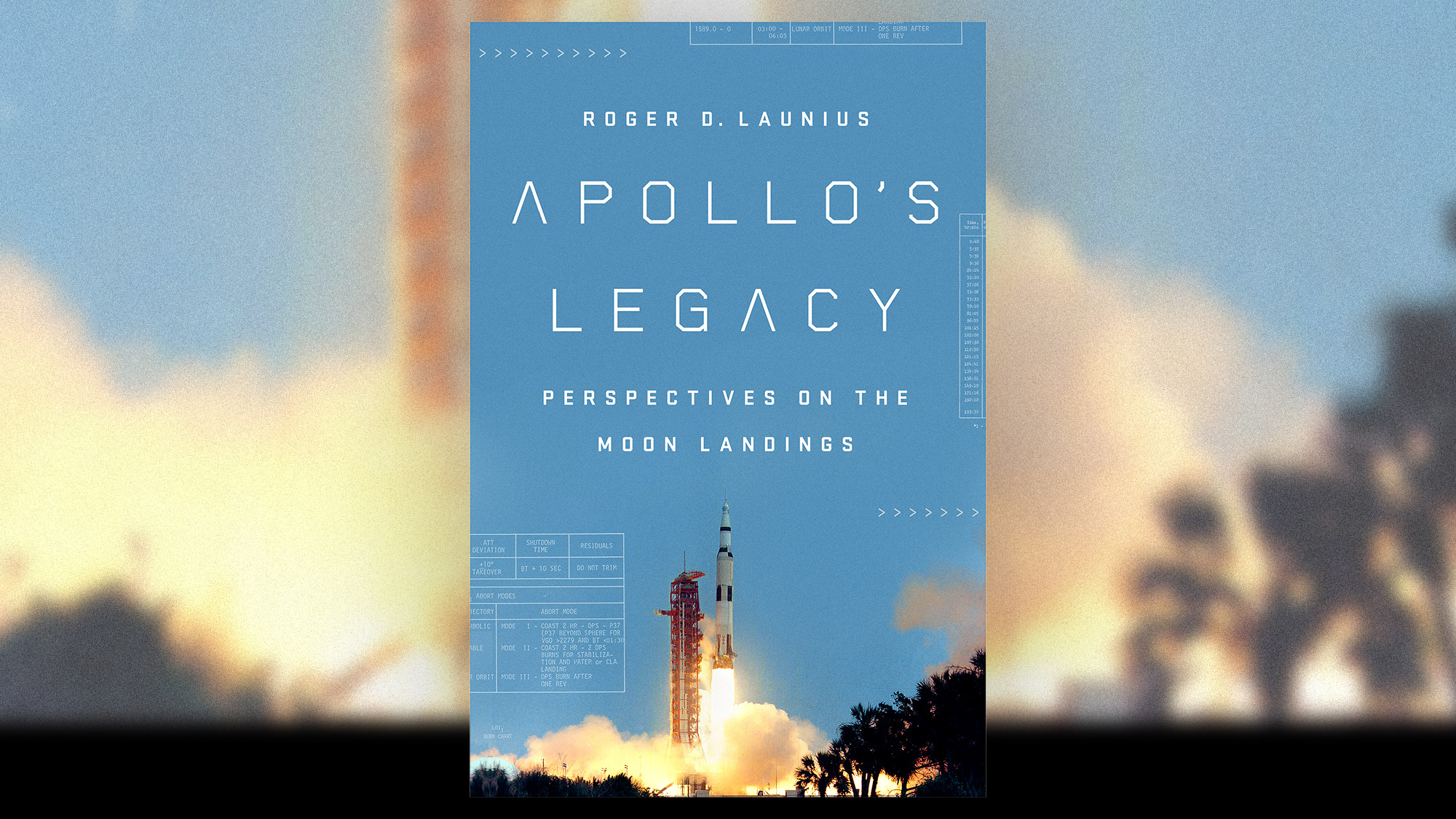
Apollo's Legacy
A scholarly journey
How do we understand a transformative event like the Apollo missions to the moon? Many present it as proof of American ingenuity and success, but there's much more to the story. In "Apollo's Legacy: Perspectives on the Moon Landings," space historian Roger Launiuis probes the impacts Apollo had technologically, scientifically and politically, as well as analyzing what we can draw from it to understand the country's modern space program.
The slim volume is written as a scholarly text, but it's accessible to anybody with an interest in space history and the circumstances that spawned Apollo. ~Sarah Lewin

Lasers, Death Rays, and the Long, Strange Quest for the Ultimate Weapon
Pew Pew
In the newly released book “Lasers, Death Rays, and the Long, Strange Quest for the Ultimate Weapon,” (Prometheus Books, 2019), veteran science writer Jeff Hecht details the strange and incredible history of real-life laser weapons. Lasers have captured the public’s excitement for decades, appearing as phasers, ray guns, and more in countless works of science fiction.
In this new book, Hecht explores the influence of these fictitious lasers as well as the reality of laser weapons today and how they have developed over time. From failed experiments to lasers built to be as large as airplanes, the development of laser weapons has been one strange journey that Hecht explains in captivating detail. ~Chelsea Gohd
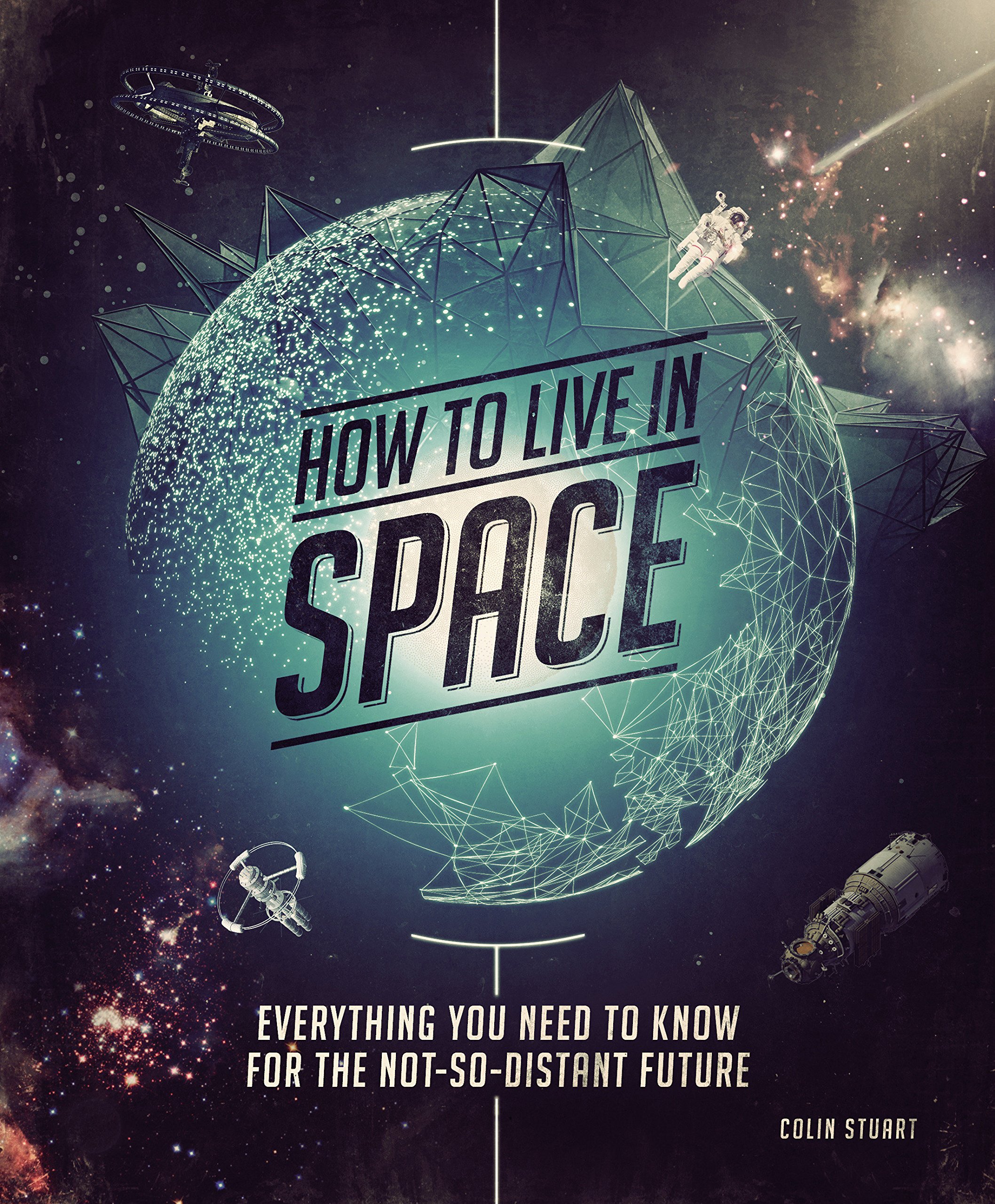
How to Live in Space
We have a lot to learn
Are you interested in going to space? With companies like Virgin Galactic and Blue Origin getting ready to start launching tourists on suborbital flights — and SpaceX planning to send people to the moon and Mars — your dreams may soon be within reach. But before you board a rocket or space plane and wave goodbye to planet Earth, there are some things you need to know about being in space. Whether you're planning a short space vacation or embarking on a one-way trip to the Red Planet, "How to Live in Space" by Colin Stuart has all the important details.
This comprehensive handbook covers everything from eating, sleeping and using the toilet in "zero-g" to instructions for how to build a moon base, mine asteroids and terraform Mars. Wherever your space adventures may take you, this guide can help you make the most of your out-of-this-world experience. ~Hanneke Weitering

Astounding
The history of the future
Nevala-Lee's fascinating new book "Astounding" follows four titans of the golden age of science fiction who guided the genre during its formative years: Astounding Science Fiction magazine editor John Campbell and authors Isaac Asimov, Robert Heinlein, and L. Ron Hubbard. The book chronicles how, with their influence, science fiction evolved from adventure stories in space to serious predictors and influencers on the modern world, as well as the beginning development of fan culture, which was surprisingly similar to today's, and their ideas' influences on society as a whole (particularly, a long fascinating look into early Scientology).
Nevala-Lee's portrayal of the four is complex and gives them their due without shying away from the less savory parts of their natures and reputations. He read hundreds of stories from the annals of science fiction history, as well as reams of letters by and to the story's main figures, and that deep research shows. ~Sarah Lewin
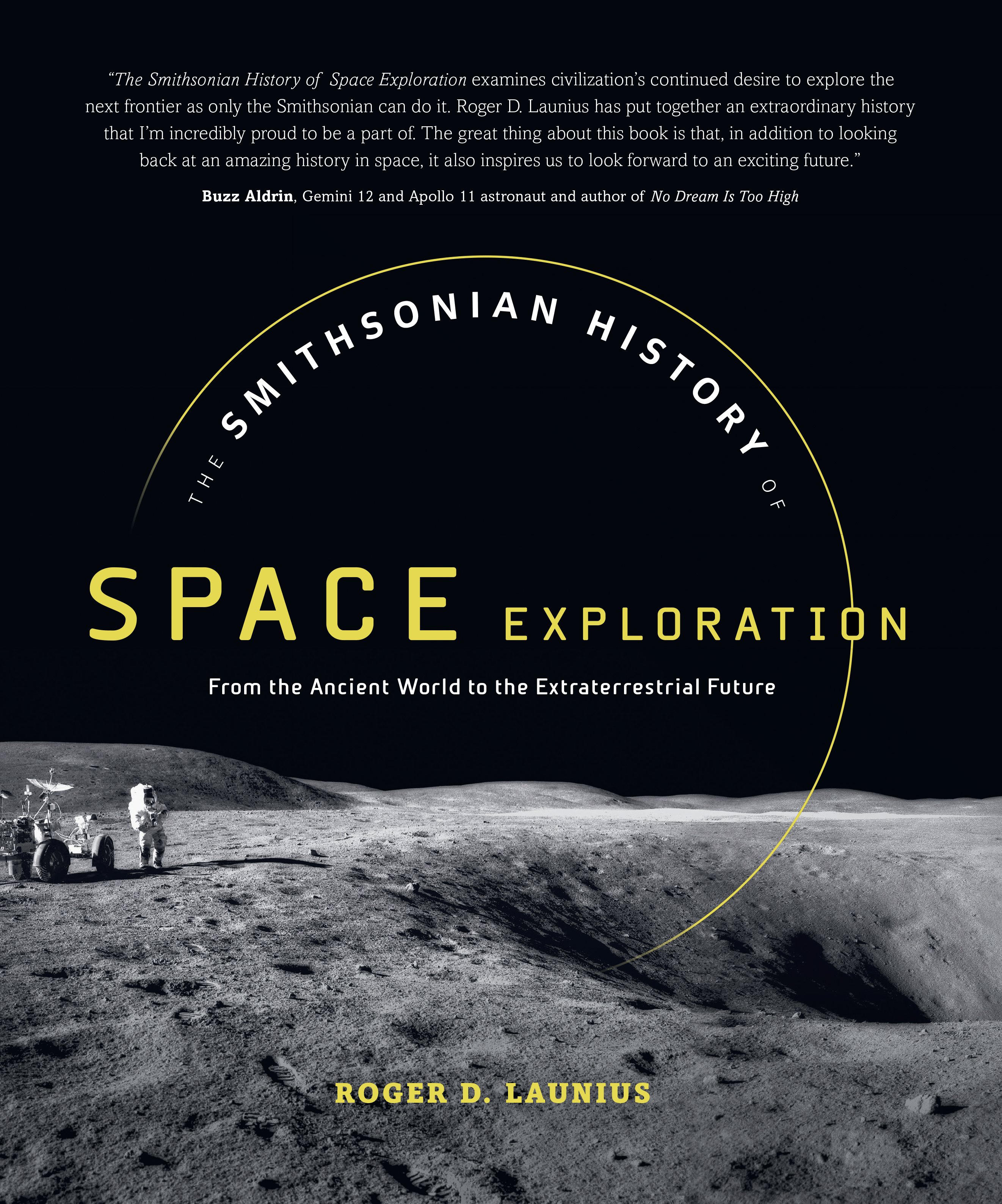
The Smithsonian History of Space Exploration
Understanding the past and embracing the future
In "The Smithsonian History of Space Exploration: From the Ancient World to the Extraterrestrial Future," spaceflight historian Roger D. Launius follows humankind's journey to spaceflight.
From looking up at the stars with sheer wonderment to sending astronauts to the moon and launching satellites to the far reaches of the galaxy, Launius illustrates the cutting-edge advancements made in astronomy and space science. His account of space flight history reminds readers that almost anything humans have envisioned, they've accomplished. ~Samantha Mathewson
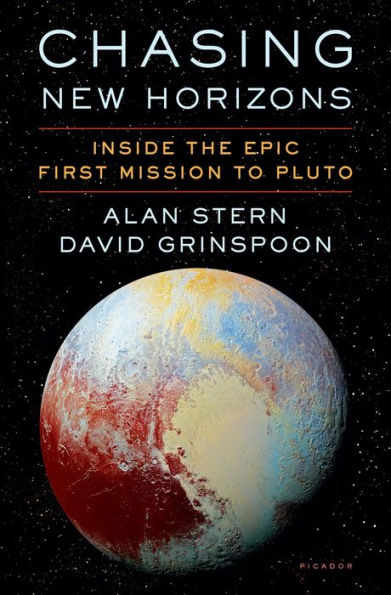
Chasing New Horizons
The furthest reaches of knowledge
This book chronicling the New Horizons mission to Pluto, written by Alan Stern, the mission's principal investigator, and astrobiologist and author David Grinspoon, is a deep — but speedy — dive into the development and execution of the lightweight probe that flew by Pluto in July 2015. The mission wasn't easy to get approved and seemed to face obstacles at every turn before finally making it to launch day, and its troubles weren't over then.
But somehow it managed to deliver breathtaking views of the distant dwarf planet that revolutionized how we thought about the solar system and the planets that inhabit it. Stern and Grinspoon's narrative delivers an in-depth view of how to design a space mission, shepherd it through the hurdles of approval and design, and send it toward the unknown when you have just one shot to get it right. ~Sarah Lewin
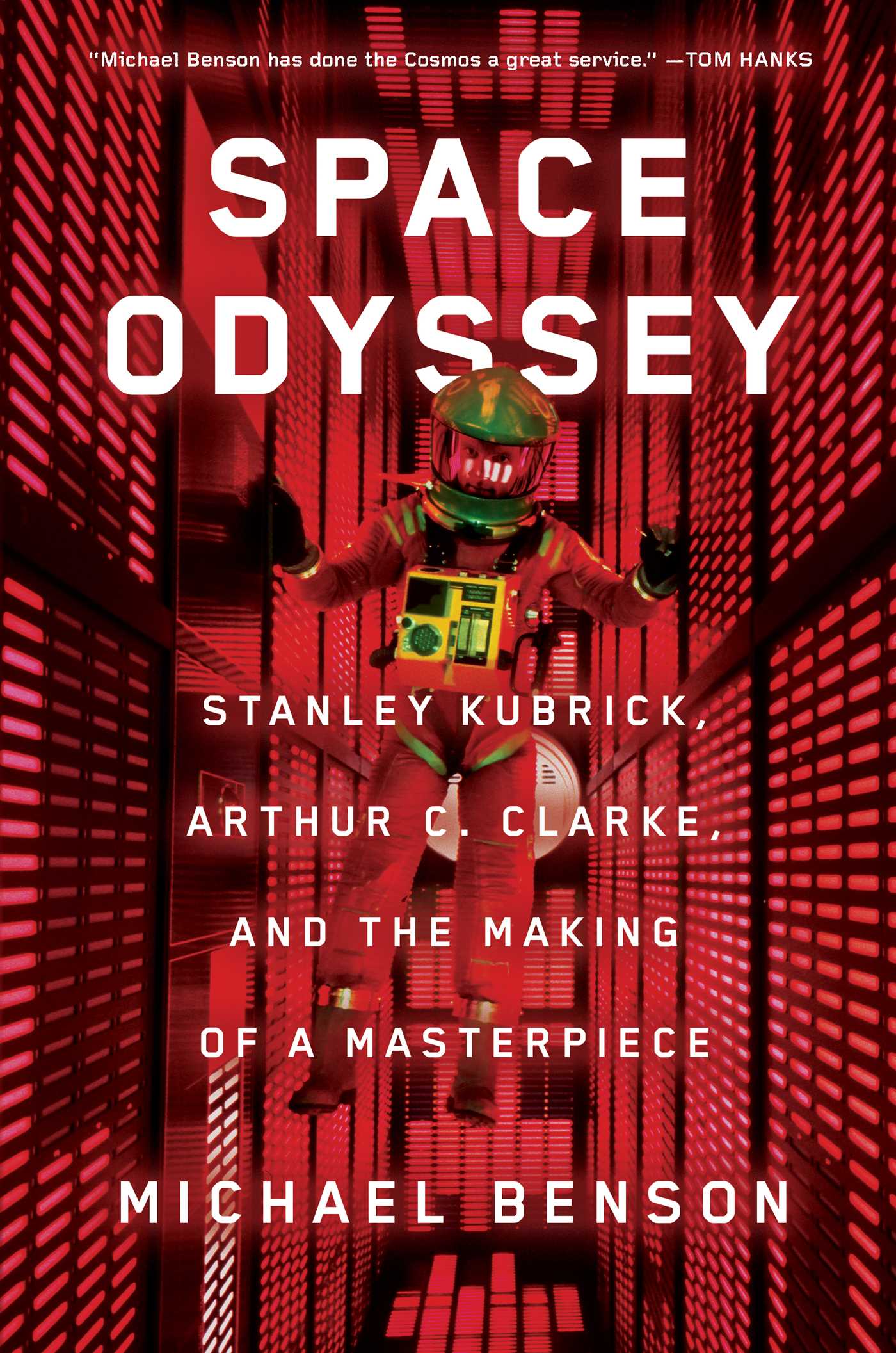
Space Odyssey
Making a movie classic
In honor of its 50th anniversary, "2001: A Space Odyssey" chronicler Michael Benson digs deep into the making of the iconic film, profiling the writer Arthur C. Clarke, the director Stanley Kubrick and the nuances of their partnership to create the "proverbial 'really good' science fiction movie." Along the way, readers tour the groundbreaking technological developments that made the film possible and the creativity of the large team that lent its ideas and expertise to the project.
By focusing on letters and written text — including Kubrick's handwritten, pre-publication edits on feature pieces and interviews about the making of the film — Benson is able to give a particularly personality-driven view of the filmmaking process. The techniques and decisions that lead to the movie are there, but they're always in the context of the people and circumstances that created them. And there's plenty of behind-the-scenes drama to go along with meditations on the film's legacy. ~Sarah Lewin
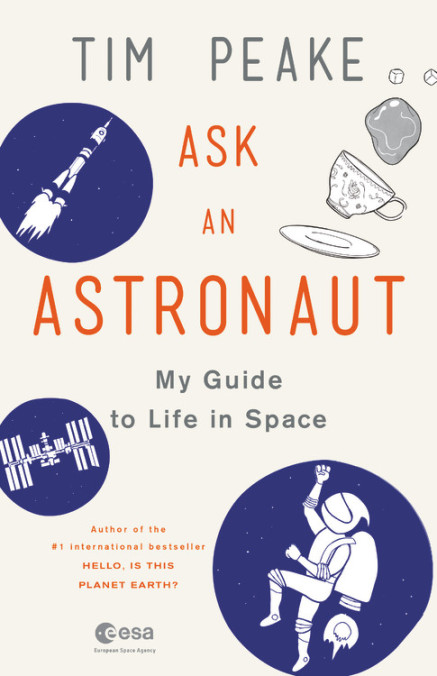
Ask an Astronaut
This is Peake astronaut, get it?
In "Ask an Astronaut," British astronaut Tim Peake walks readers through a long list of questions he was asked after returning from his first stay on the International Space Station in June 2016. From training to fly to space, launch, weightlessness, spacewalks and returning to Earth, Peake hits all the highlights — plus less standard spaceman experiences such as running the London Marathon in orbit and getting emails from Elton John.
Peake's explanations are entertaining and easy to follow, but he doesn't shy away from delving into detail about how the technology works that brought and kept him in space. Well-placed diagrams, and two sections of color photos, aid the explanatory process as well. Even avid space readers are sure to find at least one new detail to amaze. ~ Sarah Lewin
Breaking space news, the latest updates on rocket launches, skywatching events and more!

Space.com is the premier source of space exploration, innovation and astronomy news, chronicling (and celebrating) humanity's ongoing expansion across the final frontier. Originally founded in 1999, Space.com is, and always has been, the passion of writers and editors who are space fans and also trained journalists. Our current news team consists of Editor-in-Chief Tariq Malik; Editor Hanneke Weitering, Senior Space Writer Mike Wall; Senior Writer Meghan Bartels; Senior Writer Chelsea Gohd, Senior Writer Tereza Pultarova and Staff Writer Alexander Cox, focusing on e-commerce. Senior Producer Steve Spaleta oversees our space videos, with Diana Whitcroft as our Social Media Editor.
